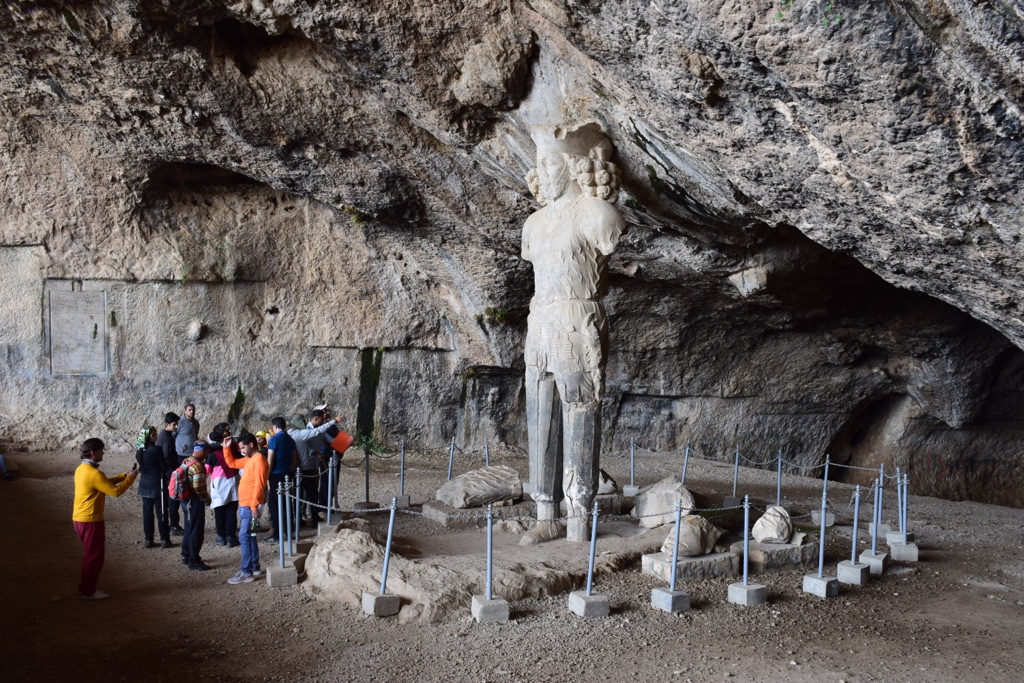The Colossal Statue of Shapur I is a monumental sculpture located in Iran, depicting the second king of the Sassanian Empire, Shapur I. Carved from a stalagmite in a cave known as the Shapur Cave, this impressive work of art stands approximately 6.7 meters tall. It is a testament to the craftsmanship and artistic abilities of the Sassanian era, and it holds significant historical importance due to its association with Shapur I, who was a notable ruler in Persian history.
Get your dose of History via Email
Historical Background of The Colossal Statue of Shapur I
The Colossal Statue of Shapur I was discovered in the early 20th century by a group of local explorers. The exact date of its creation is not precisely known, but it is believed to have been carved in the 3rd century AD. The Sassanian Empire, which Shapur I led, was known for its cultural achievements and military conquests. Shapur I himself was a formidable ruler, capturing the Roman Emperor Valerian and expanding the empire’s territory.
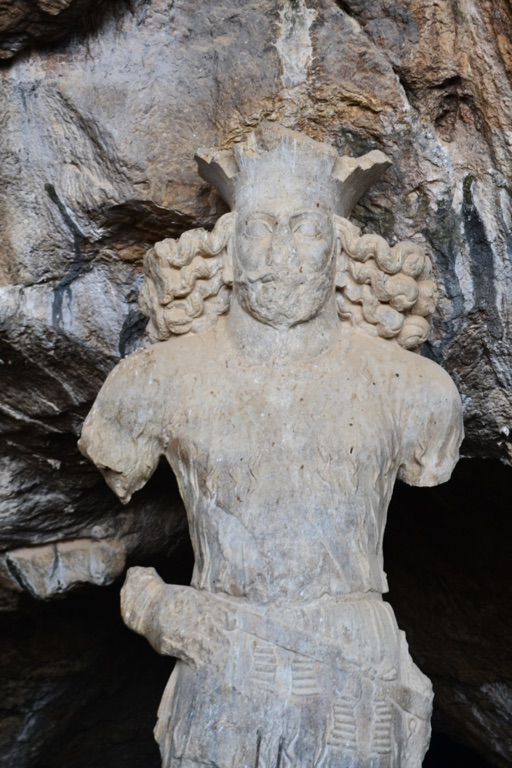
The statue was created to honor the king’s victories and his divine kingship. It is located in the Shapur Cave, a site that later served as a refuge for locals during invasions. The cave and the statue have witnessed numerous historical events, including the Arab conquests. The site has since become an important cultural and historical landmark in Iran.
Over the centuries, the statue has suffered damage, particularly during periods of conflict and invasion. Despite this, it remains one of the most significant relics of the Sassanian Empire. The statue’s survival through tumultuous times speaks to the enduring legacy of Shapur I and the empire he once led.
Restoration efforts have been undertaken to preserve the statue for future generations. These efforts ensure that the statue continues to be a source of national pride and a symbol of Iran’s rich historical heritage. The site is now a destination for both tourists and scholars interested in the history of the Sassanian Empire.
The Colossal Statue of Shapur I stands as a silent witness to the past, embodying the grandeur and power of an empire that once rivaled Rome. Its discovery has provided valuable insights into Sassanian art and culture, making it an invaluable piece of history.
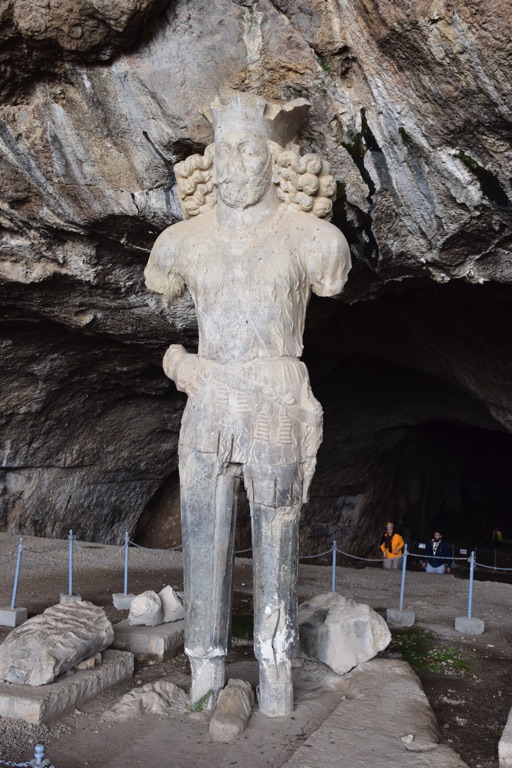
About The Colossal Statue of Shapur I
The Colossal Statue of Shapur I is a masterpiece of Sassanian sculpture. Carved directly from a stalagmite, the statue depicts the king with regal poise and grandeur. The figure is adorned with elaborate clothing and crown, indicative of the royal attire of the period. The craftsmanship highlights the Sassanian’s sophisticated artistry.
The statue’s size is one of its most striking features, standing at a towering height of 6.7 meters. This immense scale was likely intended to convey the king’s might and divine authority. The choice of a stalagmite as the medium for the sculpture is also significant, as it suggests a connection between the king and the enduring qualities of the earth.
Despite the ravages of time, the statue’s intricate details, such as the folds of the garments and the facial features, are still discernible. These details offer a glimpse into the aesthetic values and technical skills of the Sassanian sculptors. The statue’s design and execution would have required a high level of planning and craftsmanship.
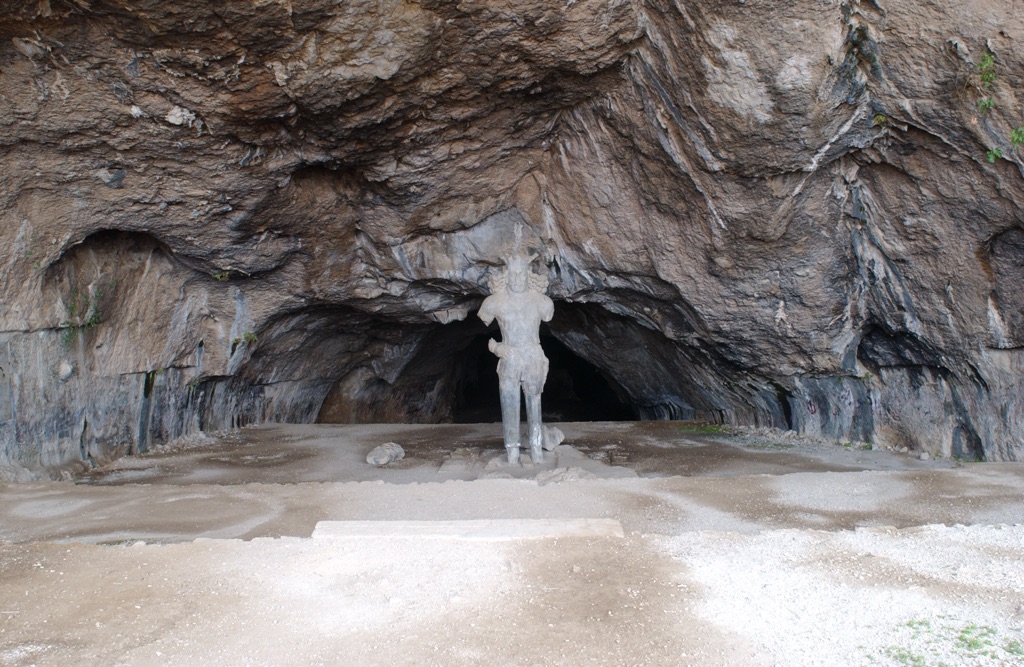
The architectural context of the Shapur Cave adds to the statue’s significance. The cave itself is a natural wonder, with vast chambers and impressive formations. The placement of the statue within this natural setting creates a dramatic and awe-inspiring effect, enhancing the statue’s symbolic power.
Conservation efforts have focused on stabilizing the statue and preventing further deterioration. The use of modern technology and restoration techniques has allowed experts to preserve the statue’s integrity while respecting its historical context.
Theories and Interpretations
Several theories surround the purpose and symbolism of the Colossal Statue of Shapur I. Some scholars suggest that the statue was a symbol of the king’s divine right to rule, while others believe it was a commemoration of his military victories. The statue’s grand scale may have been intended to project an image of invincibility and eternal rule.
There is also speculation about the religious significance of the statue. The Sassanian Empire was known for its Zoroastrian faith, and some elements of the statue, such as the crown’s design, may have religious connotations. The cave setting also raises questions about whether it held any spiritual or ritualistic importance.
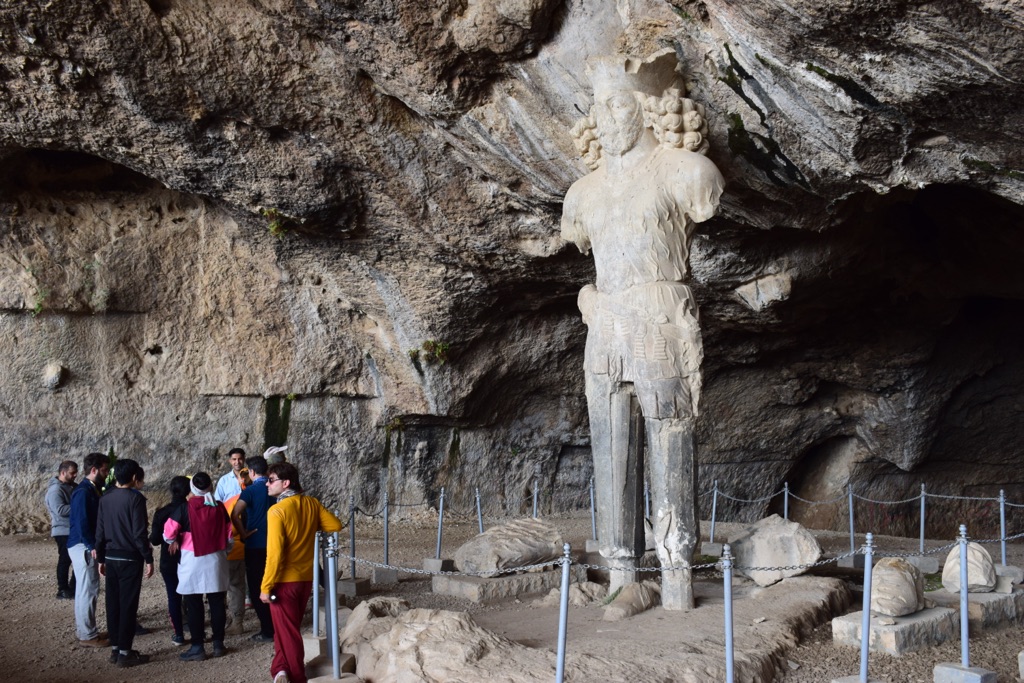
The statue’s exact date of creation has been a subject of debate among historians. While most agree it was carved during Shapur I’s reign, the lack of written records from the period makes it difficult to pinpoint an exact year. The style of the sculpture provides some clues, but definitive dating remains elusive.
Interpretations of the statue’s facial expression and posture have led to various conclusions about the message it was meant to convey. Some see a confident and powerful ruler, while others read a more nuanced expression, suggesting a complex personality behind the imperial facade.
Advancements in dating techniques, such as radiocarbon dating and analysis of mineral deposits, have provided some insights into the statue’s age. However, the unique nature of the sculpture, carved from a stalagmite, presents challenges for these methods, leaving some questions about its history unanswered.
At a glance
Country: Iran
Civilization: Sasanian Empire
Age: 3rd century AD

